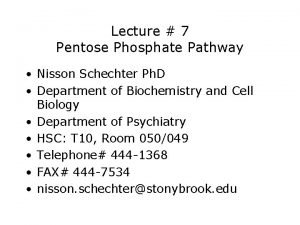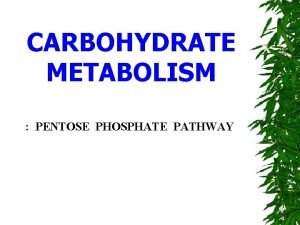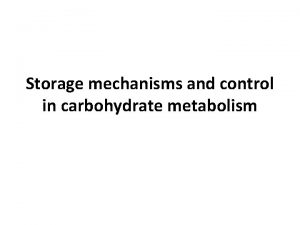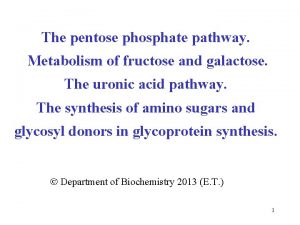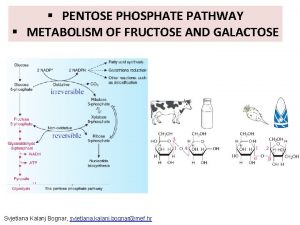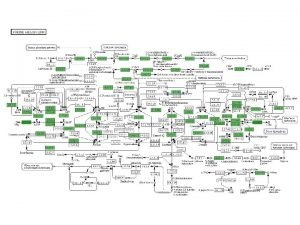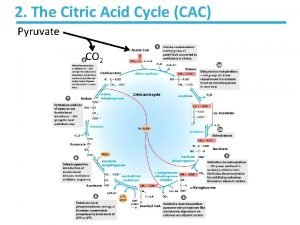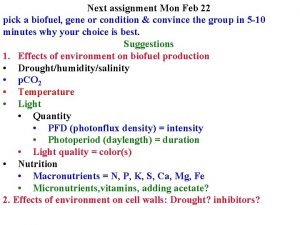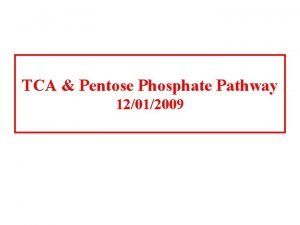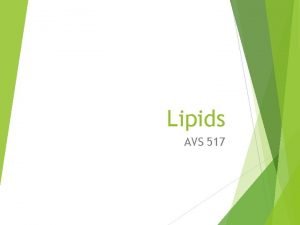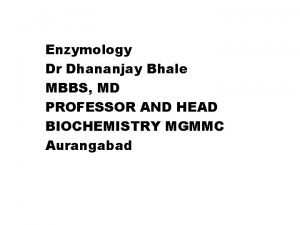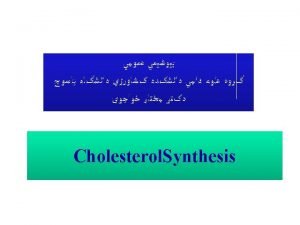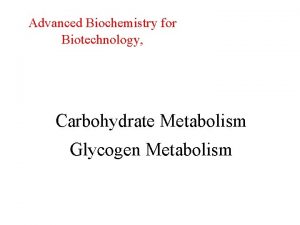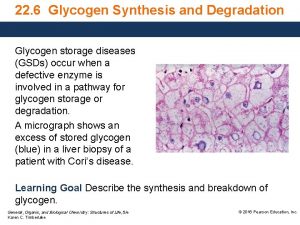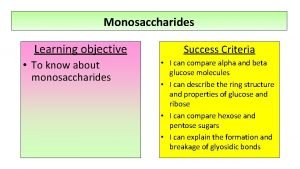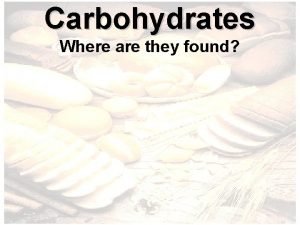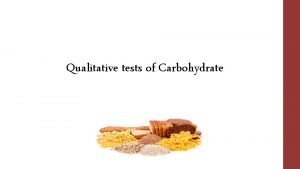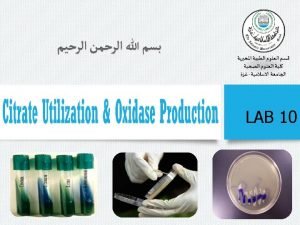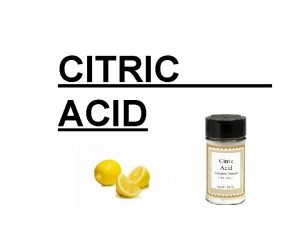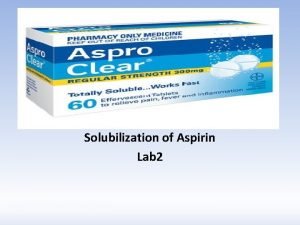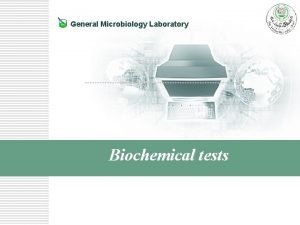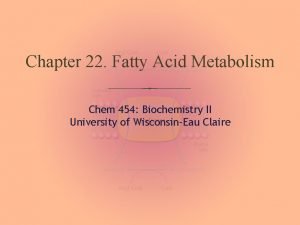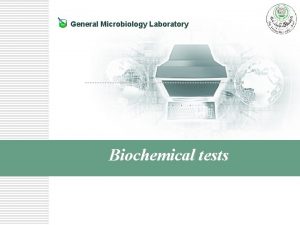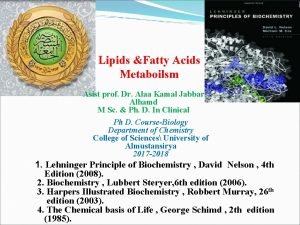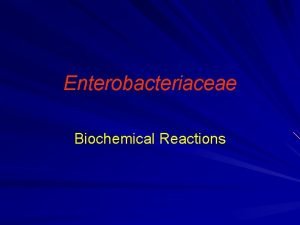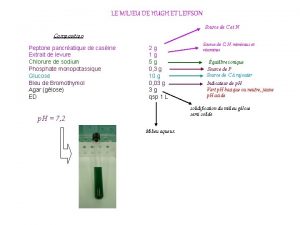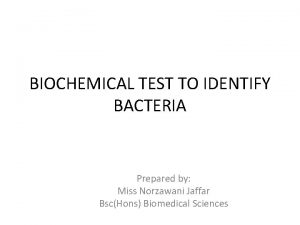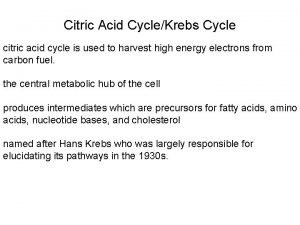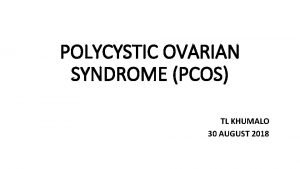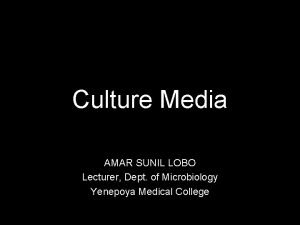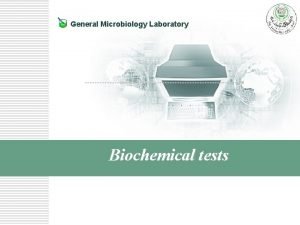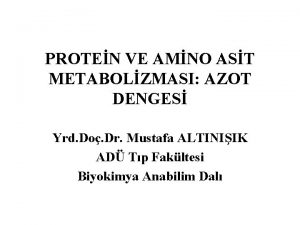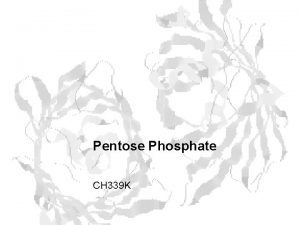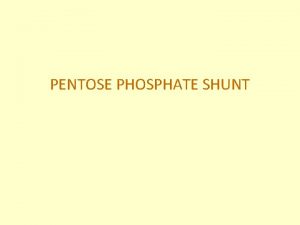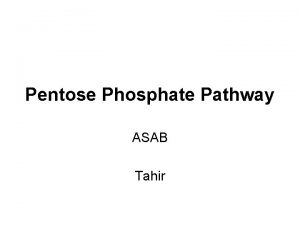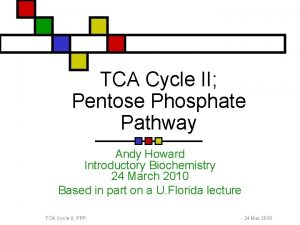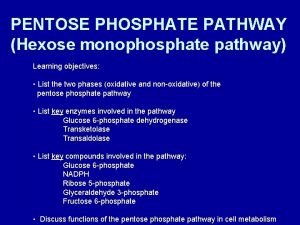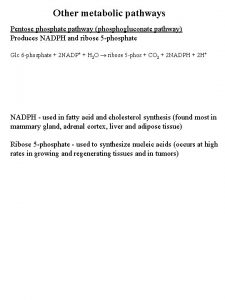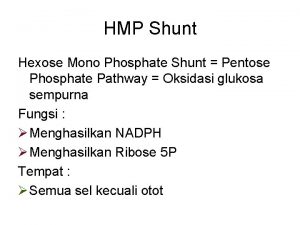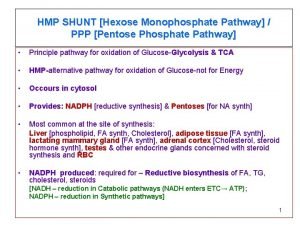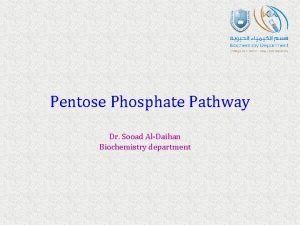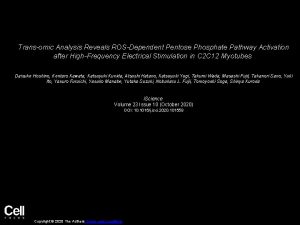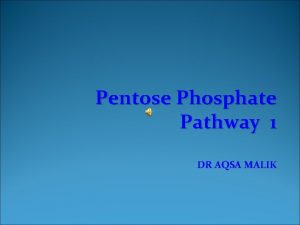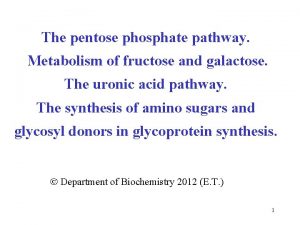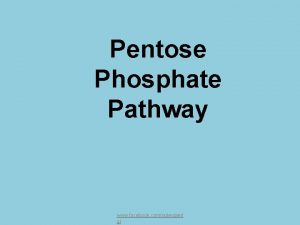TCA Pentose Phosphate Pathway 12012009 Citrate Synthase Induced




































- Slides: 36

TCA & Pentose Phosphate Pathway 12/01/2009


Citrate Synthase

Induced fit needs binding of oxaloacetate before Acetyl Co. A can bind. Acetyl-Co. A Acetonly Co. A (ground-state analog) Proposed intermediate Carboxymethyl-Co. A (transition state analog)

Aconitase Pro-S Pro-R Citrate Cis-Aconitate Isocitrate The double bond is placed on the Pro-R arm

NAD+- Dependent Isocitrate dehydrogenase NAD+ NADH

a-Ketoglutarate dehydrogenase NAD+ CO 2 NADH This enzyme is just like pyruvate dehydrogenase, a multi enzyme complex that is specific for longer Co. A derivatives

Refresh: The five reactions of the pyruvate dehydrogenase multi enzyme complex

Succinyl-Co. A Synthetase or succinate thiokinase ← Note symmetry

Succinate dehydrogenase + 2 e- + 2 H+ The FAD on the enzyme itself is reduced

Succinate dehydrogenase is the only membrane bound enzyme in the citrate cycle Succ dh--FADH 2 + Ubiquinone or Coenzyme Q Oxidized form Reduced form

Fumarase

Malate dehydrogenase NADH NAD+

Regulation of the citric acid cycle Standard free energy changes in the citric acid cycle Reaction 1 2 3 4 5 6 7 8 Enzyme Citrate synthase Aconitase Isocitrate dh a-KG dh Succinyl-Co. A synthase Succinate dh Fumarase Malate dh DG ' -31. 5 ~5 -21 -33 -20. 1 +6 -3. 4 +29. 7 DG' Negative ~0 ~0

The points of regulation of the cycle

Citric acid cycle intermediates are always in flux

A single molecule of glucose can potentially yield ~38 molecules of ATP

Phosphopentose pathway Produces NADPH and ribose-5 -phosphate NADH and NADPH although chemically similar they are not metabolically exchangeable. Ratios of [NAD+]/[NADH] ~ 1000 favors metabolite oxidation, whereas ratios of [NADP+]/[NADPH] ~ 0. 01 favors reductive biosynthesis. Many anabolic pathways require the reducing power of NADPH for synthesis including Fatty acid synthesis and the synthesis of cholesterol. 3 G-6 -P + 6 NADP+ + 3 H 2 O 3 CO 2 + 2 F 6 P + GAP 6 NADPH + 6 H+


The pathway consists of three parts 1. Oxidative reactions: 3 G-6 -P + 6 NADP+ + 3 H 2 O 3 Ribulose-5 -PO 4 6 NADPH + 3 CO 2 + 2. Isomerization and epimerization reactions: 3 Ribulose-5 -PO 4 Ribose -5 -PO 4 + 2 Xylulose-5 -PO 4 3. A series of C-C bond cleavage and formations: Ribose-5 -PO 4 + 2 Xyluose-5 -PO 4 2 F-6 -P + GAP

The transition of carbon skeletons in the Phosphopentose pathway


The transition of carbon skeletons in the Phosphopentose pathway

Glucose-6 phosphate dehydrogenase

Phosphogluconate dehydrogenase

Ribulose-5 -PO 4 isomerase

Two enzymes control the rearrangement of carbon skeletons which result in the production of Glyceraldehyde-3 -phosphate and Fructose-6 -phosphate. Transketolase transfers C 2 units: TPP requiring enzyme like pyruvate dehydrogenase Transaldolase transfers C 3 units: uses a shiffs base with an active lysine group

Transketolase requires TPP

The pentose pathway control The need for NADPH is controlled by glucose dehydrogenase, however, when ribose 5 -phosphate is needed (DNA and RNA synthesis) it can be made from the reverse of the transaldolase and transketolase reactions from Fructose-6 -PO 4 and GAP

NADPH is needed for glutathione reductase Reduced glutathione is needed for glutathione peroxidase, which destroy hydrogen peroxide and organic peroxides. This enzyme requires selenium as a cofactor. 2

Glutathione keeps proteins with reduced sulfhydryls SH from oxidizing to R P-SH + P’-SH + O 2 S S R’ P-S-S-P’ + H 2 O P-S-S-P’ G-SH P-SH + G-S-S-P G-SH G-S-S-G + HS-P

Glutathione reductase contains FAD

Reaction of glutathione with peroxides 2 GSH + RA-O-O-H G-S-S-H + ROH + H 2 O A steady supply of glutathione is required for erythrocyte integrity ~ 400, 000 individuals are deficient in glucose dehydrogenase! Without a fully functioning glucose dehydrogenase, glutathione concentrations Hemolytic Anemia can occur if certain drugs are used.

Primaquine, an antimalarial drug is problematic with individuals with glucose dehydrogenase deficiencies Primaquine Similar effects are seen when people eat Fava beans stimulate peroxide formation and the demand for NADPH can not be met. Mature red blood cells lack a nucleus and the ability to make new proteins and membranes. Damage cannot be repaired so cells lyse.

A defective G-6 -P dh confers a selective advantage on individuals living where malaria is endemic. However, only heterozygotic females are resistant to malaria, not males. Plasmodium falciparum can adopt to a cell with decreased levels of phosphopentose products. This enzyme is in the X chromosome and females with two x chromosomes produce half good and half bad blood cells. Plasmodium cannot adapt to the G-6 -P dh deficiency if it is sporadic or random.

Next (Last) Lecture Tuesday 12/03/09 Comprehensive Exam Review Session
 Pentose phosphate shunt
Pentose phosphate shunt Pentose phosphate pathway
Pentose phosphate pathway Glucogenesis vs gluconeogenesis
Glucogenesis vs gluconeogenesis Pentose phosphate pathway
Pentose phosphate pathway Metabolism of fructose and galactose
Metabolism of fructose and galactose Amidophosphoribosyltransferase
Amidophosphoribosyltransferase Net products of the citric acid cycle
Net products of the citric acid cycle Plant glycolysis
Plant glycolysis 12012009 color
12012009 color London forces vs van der waals
London forces vs van der waals Fatty acid synthase complex
Fatty acid synthase complex Synthase vs synthetase
Synthase vs synthetase Oxaloacetate
Oxaloacetate Hmg-coa synthase
Hmg-coa synthase Udp glucose
Udp glucose Storage
Storage Monosaccharide
Monosaccharide Where are polysaccharides found
Where are polysaccharides found Barfoed's test for carbohydrates
Barfoed's test for carbohydrates Pentose sugar in rna
Pentose sugar in rna Citrate utilisation test
Citrate utilisation test Purification of citric acid
Purification of citric acid Clomiphene citrate mechanism of action
Clomiphene citrate mechanism of action Solubilization of aspirin
Solubilization of aspirin Citrate results
Citrate results Citrate shuttle
Citrate shuttle Citrate utilisation test
Citrate utilisation test Citrate shuttle
Citrate shuttle Tsi test: principle
Tsi test: principle Piperazine citrate for chickens
Piperazine citrate for chickens Milieu hugh et leifson
Milieu hugh et leifson Urease test
Urease test Citric acid cycle
Citric acid cycle Er/pr
Er/pr Stuart's medium
Stuart's medium Citrate utilization test
Citrate utilization test Pozitif azot dengesi
Pozitif azot dengesi
